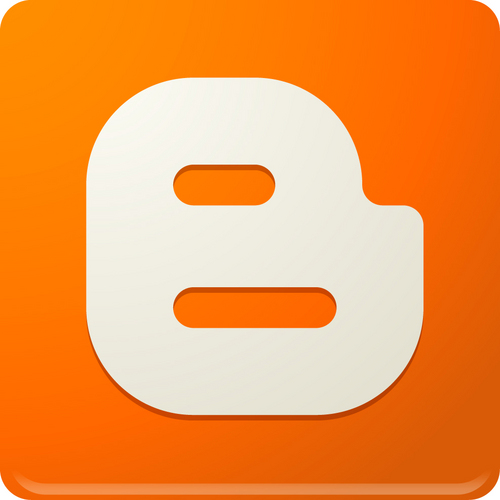We often use the present continuous tense in English. It is very different f rom thesimple present tense, both in structure and in use.
Use
We use the present continuous:To talk about things that are happening now, at the moment we speak.
A: What are you doing?
B: I´m writing an e-mail.
We´re leaving now. Goodbye.
The bus is coming.
My brother is looking for a job at the moment.
You are spending a lot of money these days.
We often give the future time (tomorrow, in July, on Saturday, this afternoon, next week, etc…)
A: What are you doing on Saturday morning?
B: I´m meeting a friend.
We´re visiting our grandparents next weekend.
My sister is starting a new job next Monday.
N.B: Some verbs are not used in the present continuous. They are normally used in the simple forms. Some of the most important ones are:
.
like / know / love / hate / understand / believe / mean / remember / want / prefer
I am liking tennis > I like tennis.
Are you knowing Maria? > Do you know Maria?
subject + auxiliary verb (be) + main verb + ing
Examples:
• You are learning English now.
• You are not swimming now.
• Are you sleeping?
• I am sitting.
• I am not standing.
• Ishe sitting or standing?
• They are reading their books.
• They are not watching television.
• What are you doing?
• Why aren't you doing your homework?
Simple present and Present Continuous
Here are some differences in how we use the simple present and the present continuous:
Time Expressions we use with the Present Continuous
With the present continuous we use these time expressions:
(Notice that the time expression can come at the start or at the end of the sentence.)
At the moment: ‘I’m watching TV, at the moment.’
These days: ‘Paul’s living in Cardiff, these days.’
Now: ‘What are you doing, now?’
Nowadays: ‘I think you are smoking too much, nowadays.’
...
Posted by , Published at 20:30 and have
0
comments








 0 comments
0 comments Rabat
Rabat


